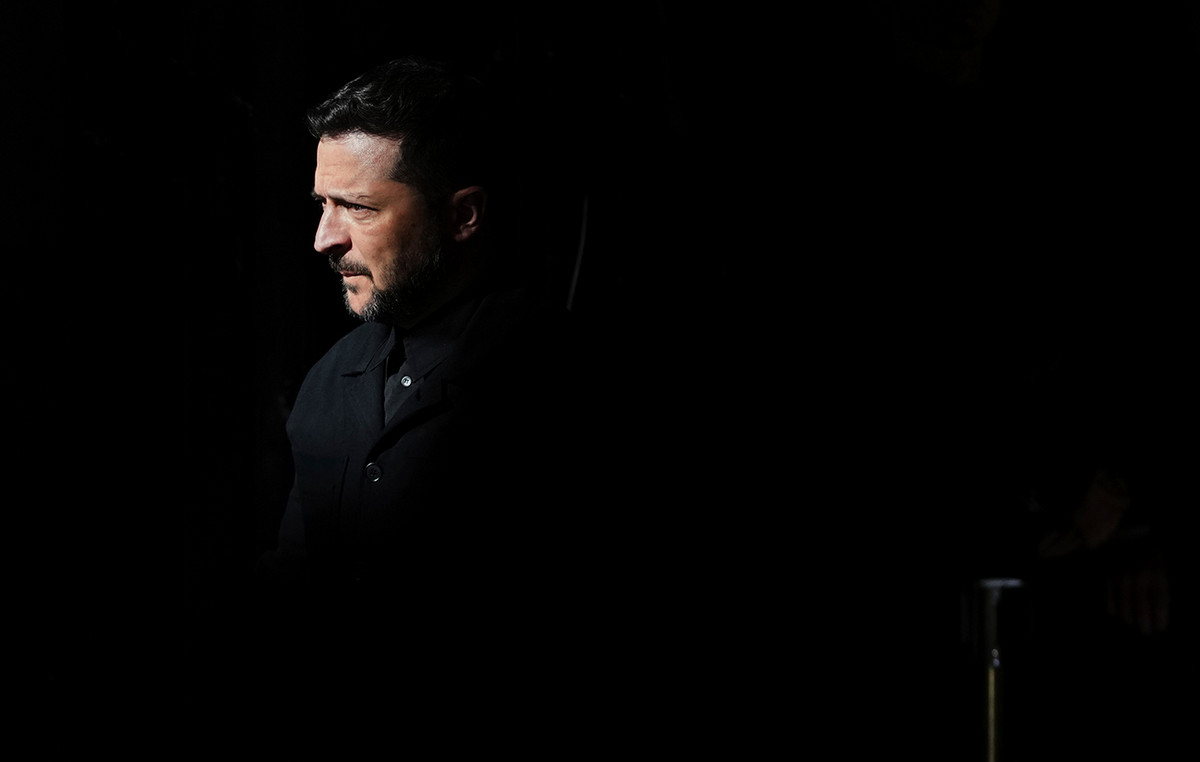To the NASA’s voyager twin probes, launched 47 years ago, are turning off some scientific instruments in an effort to conserve energy and Keep your historic missions in operation. Voyager 1 and Voyager 2 are exploring unknown territory in interstellar space.
NASA Jet Propulsion Laboratory (JPL) engineers in Pasadena, California, sent a command to Voyager 1 turn off their cosmic ray subsystem experiment on February 25. Meanwhile, Voyager 2’s low -energy loaded particle instrument will be turned off on March 24. This leaves each spacecraft with three scientific instruments in operation.
When they were released weeks apart in 1977, Voyager probes carried identical sets of 10 scientific instruments. But over time, the energy supply of the probes has gradually decreased. Voyager ships depend on the electricity -generated electricity of decaying plutonium, and both are losing approximately 4 watts of energy per year.
“Voyager has been rock stars of deep space since launch, and we want to keep them like this as long as possible,” said Suzanne Dodd, manager of the Voyager project at JPL in a statement. “But the electricity is ending. If we don’t turn off an instrument on each voyager now, they would probably have only a few months of energy before we need to declare the end of the mission. ”
Investigating unknown territory
Voyager 1 and Voyager 2, originally designed to fly over the largest planets of our solar system, are now the most distant objects made by humans. Voyager 1 is over 25 billion kilometers from Earth, while Voyager 2 is over 21 billion kilometers, according to NASA.
Both probes are the only spaceships to operate beyond the heliosphere, the magnetic field bubble and sun particles that extends far beyond Pluto’s orbit. The necessary instruments to collect data during planetary overflowers in the 1970s and 1980s were turned off after the probes complete their initial goals. But the Voyager mission team left others linked to collect data on the heliosphere and the interstellar space.
Voyager 1 crossed to interstellar space, or the space between the stars in 2012, and Voyager 2 did the same in 2018. The probes followed different trajectories. Voyager 1 is traveling up, moving away from the plan that includes all planets orbiting the sun in our solar system, while Voyager 2 is traveling below the plane.
Over time, the Voyager team has turned off instruments one by one to ensure that the probes can continue their historic journeys. In October, NASA turned off the Voyager 2 plasma science instrument. Designed to measure the number of electrically charged atoms in space, the instrument was returning only a limited amount of data in recent years due to its orientation. And Voyager 1’s identical instrument has been turned off for years because its performance has been degrade over time.
The cosmic ray subsystem turned off at Voyager 1 last week included a trio of telescopes that studied and media cosmic rays, or the most energetic particles in the universe, released by the sun and the Milky Way. The Voyager team used instrument data to determine exactly when and where Voyager 1 left the heliosphere and entered the interstellar space.
The instrument of low -energy -charged particles that Voyager 2 will turn off later this month measures ions, electrons and cosmic rays in the solar system and in our galaxy. The instrument subsystems include a telescope and a magnetospheric particle analyzer, which have a 360 degree vision thanks to a swivel platform fed by a step engine. The engine was tested to 500,000 steps on Earth, which guaranteed its operation during Saturn’s flyfish by Voyager 2 in August 1980. Once turned off, the engine will have completed more than 8.5 million steps.
Each probe will still collect unique data, although the team will lose the ability to make identical particle measurements in two different locations in the interstellar space, said Linda Spilker, a scientist of the Voyager project at JPL. Having identical instruments aboard the probes has allowed scientists to compare the environments that voyagers have explored, observing similarities and differences.
“Voyager ships have far surpassed their original mission to study external planets,” said Patrick Koehn, a scientist of the Voyager program at NASA headquarters in Washington in a statement. “Every additional data we have been collecting since then is not only a valuable bonus science for heliophysics, but also an exemplary engineering testimony that has been applied to the voyagers – starting for almost 50 years and continuing to this day.”
The future of voyager probes
As Voyager probes get older, mission engineers have become increasingly creative in solving unforeseen problems, including communication blecau and other failures through vast cosmic distances.
After turning off both instruments, both voyager probes should be able to operate for another year before the team needs to turn off an additional instrument for each ship. The team is already planning to turn off Voyager 1 low -energy loaded particle instrument and Voyager 2 cosmic ray subsystem by 2026.
Meanwhile, Voyager 1 and 2 will continue their journeys with their plasma wave subsystems, which measure waves within plasma fields in space, and magnetometers, measuring changes in magnetic fields, linked.
“Both voyagers will continue to collect unique information about particles such as energy cosmic rays and interstellar plasma, interstellar magnetic fields and interstellar radio waves, including any sun -spreading sun effects,” Spilker said.
NASA experts believe that probes can retain enough energy to continue operating with at least one scientific instrument each until the 2030s, but they are fully aware that any additional challenges that appear can always lead to the end of the line to Voyager.
“Every minute of each day, voyagers explore a region where no spaceship has been before,” said Spilker. “This also means that each day can be our last. But this day can also bring another interstellar revelation. So we are doing our best, doing what we can to ensure that Voyagers 1 and 2 continue their pioneering work as much as possible. ”
This content was originally published in Voyager probes turn off instruments to keep exploring deep space on the CNN Brazil website.
Source: CNN Brasil
Charles Grill is a tech-savvy writer with over 3 years of experience in the field. He writes on a variety of technology-related topics and has a strong focus on the latest advancements in the industry. He is connected with several online news websites and is currently contributing to a technology-focused platform.







